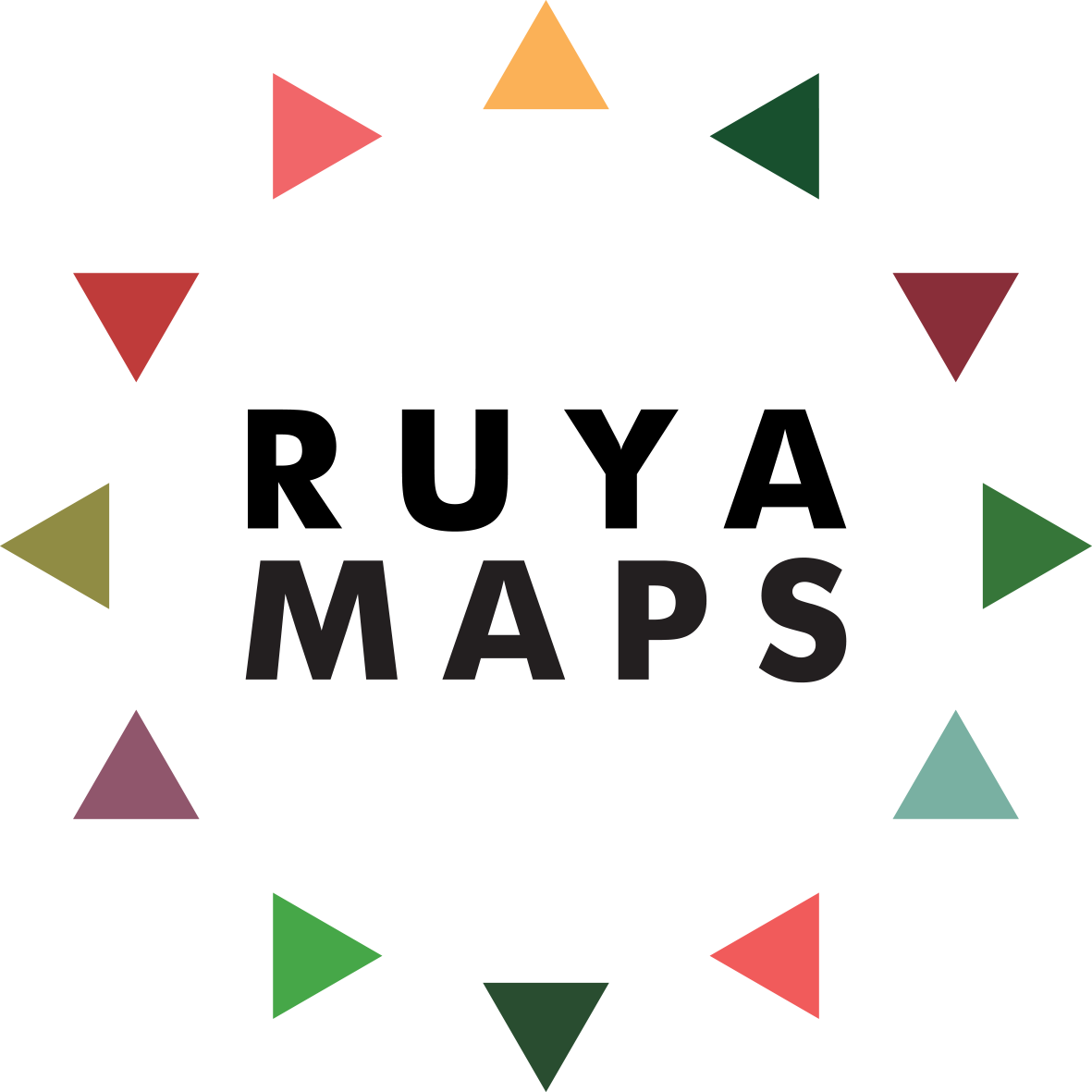Artist Profile: Randa Maddah
The late John Berger wrote to the multi-media artist Randa Maddah that “fragments, not of the earth, but of a homeland, [are] expressed in the figures you create. Through you the self-portraits of these territorial particles came into being.” Berger was describing Maddah’s sculptural series ‘Self-Portraits of a Homeland’, but the same statement can be reapplied to the video ‘In View’ (2017), which Maddah will show in RUYA MAPS’ upcoming exhibition ‘Heartbreak.’ The short film places Israeli and Syrian military encampments on the same view line through the reflections of mirrors that reveal the artist’s homeland as “fragments.” The land either side of the ceasefire line in Majdal Shams is turned into “territorial particles” by Maddah’s camera.
Berger was a fitting champion for Maddah’s work. He lent his support to artists the world over in an outspoken effort to highlight social injustices. Through his TV series ‘Ways of Seeing’ he came into the public eye, and led many to recognise the power of perspective and scale in art. This power is the driving force of ‘In View.’ The crux of Maddah’s work relies on the manipulation of perspective. From where the camera is positioned, looking out from an open window in the artist’s home in Majdal Shams, the border is brought into one plane of view. Two control points, one on each side of the border, are reduced to a single point. This harmonising act could be interpreted as an attempt to negate the border that has cut through the Golan Heights since 1974. The reductive vision could remove the border’s presence through the camera’s simple reframing. However, the opposite is the case, and the mirrors edges heighten the overriding division. It is simply that both sides are subjected to a shared system of oppression by Maddah’s framing.
Even with its double facing vision, ‘In View’ is rooted in the present. Where Maddah has previously sought to rewrite past destruction through the restorative power of memory, here she brings present destruction unavoidably into view. The mirror’s reflections take on a collage-like quality. Glimpses of daily life are mundane on their own, but unnerving when set into one composite image against the backdrop of the Golan. Their lack of order reflects a greater displacement, one Maddah addressed in her previous video work ‘Light Horizon’ (2012). A woman cleans an abandoned home, resurrecting the memory of it as the domestic space it once was. The careful placement of objects within the home cannot counter the displacement of those who once used them. It is not certain whether her “act of restoration [can] remove traces of destruction.”
In the artist’s own words, “for the past decade, the subject that has occupied me has been time and place.” It is appropriate then that she has recently come to work with video as her chosen practice, a medium whose raw materials are time and light. ‘In View’ disrupts our sense of chronology, as well as our sense of perspective. It is a far cry from the history of disruption imposed on the Golan’s inhabitants since 1967, but it is still arresting for the viewer. There is a violence to ‘In View’s imagery; it is belied by a soft palette of pink and grey, but noticeably present in the hard, broken edges of the floating mirror. This recalls Maddah’s work ‘Puppet Theatre’ (2008) in which life-size figures hang from the string of an unseen puppeteer. The string is in use once again in ‘In View.’ Here it is taut and keeps the mirror shards suspended in place, continuing a narrative that after forty years still sees no resolution.
‘In View’s ability to look both within and without is relatively new to Maddah. Born under occupation, she “hadn’t really seen” the ‘walls’ of the occupation she had been living within “until I left and then saw them from the outside.” There is no doubt that ‘In View’ makes us see the ‘walls’ of the occupation’s borders, but it also makes us question them. Although tautly held by their strings, the wind’s greater force turns the fragments of mirror. The resulting changes in perspective offer hope, and a reminder that “the relation between what we see and what we know is never settled.” John Berger would be proud.
Randa Maddah (b. 1983, Majdal Shams, Golan Heights) studied at the University of Damascus between 2001 and 2005, and attended Bezalel Academy of Arts and Design, Jerusalem in 2007. She is a founding member of the Fateh Al Mudarris Center for Arts and Culture. Maddah was named one of A M Qattan Foundation’s 12 Young Artists of the Year in 2008. She was awarded the Prize for Excellence/International Grand Prize at The International TAKIFUJI Art Award, Tokyo in 2018.
Follow the artist on Instagram @randa_mdah, or visit her website http://randamaddah.com/
Randa Maddah, still from 'In View', (2017) video, courtesy of the artist.⠀
Photograph by Atef Safadi, ‘Shouting hill, the way of communication with relative on the Syrian side of the ceasefire line Majdal Shams’ (1996),
“ It is appropriate then that she has recently come to work with video as her chosen practice, a medium whose raw materials are time and light.”
Randa Maddah, still from ‘Light Horizon’ (2012), video.
Randa Maddah, still from ‘Restoration’, (2018), video.





